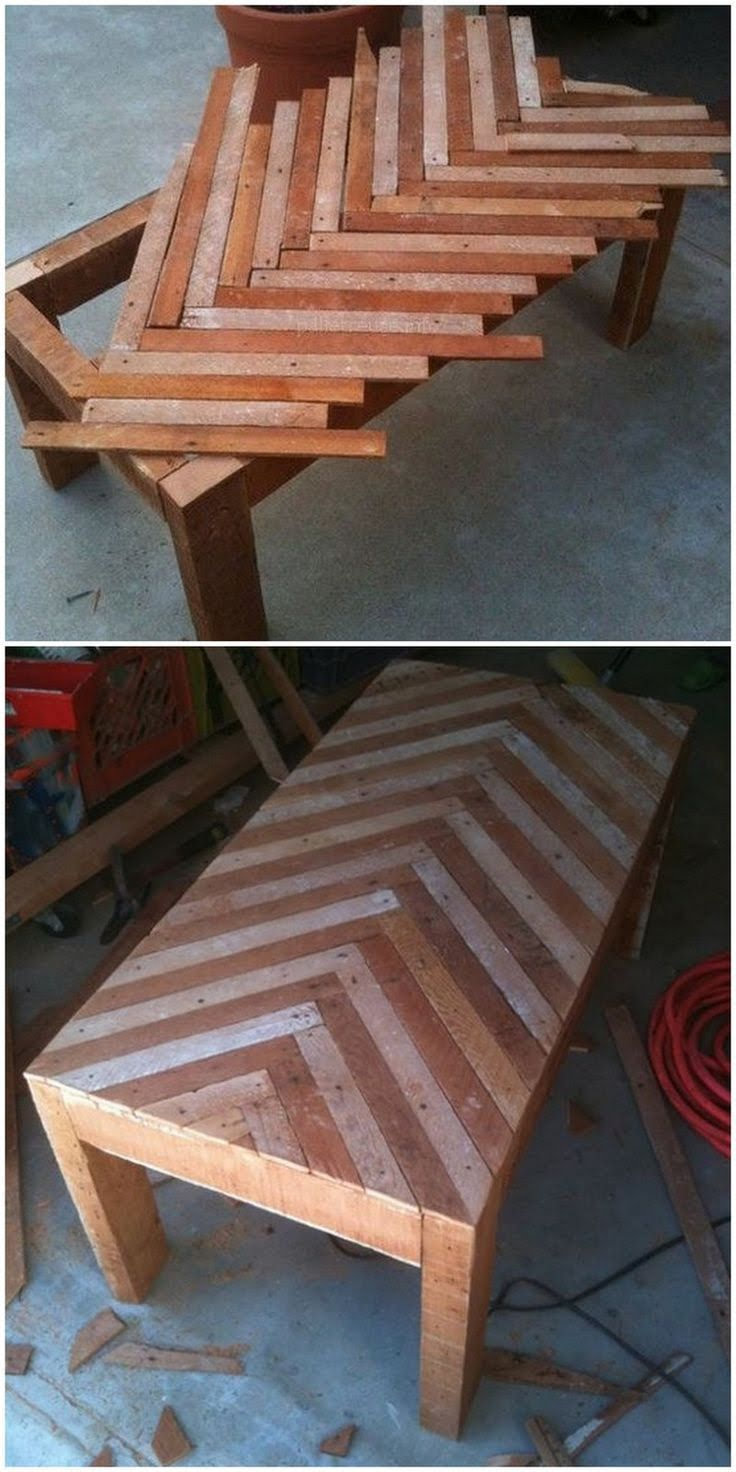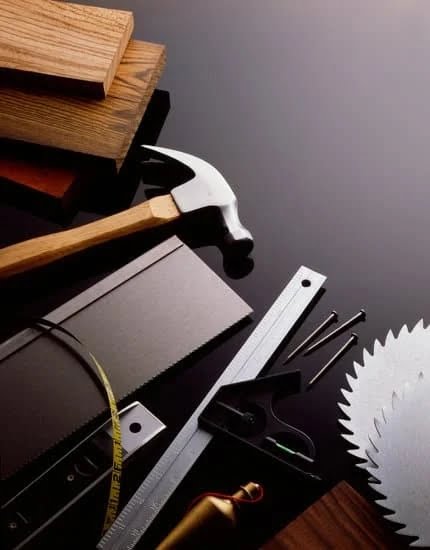What are the accent tools needed to start woodworking? Woodworking is a timeless craft that has been practiced for centuries, with its roots dating back to ancient civilizations. From essential hand tools to must-have power tools, woodworking requires a range of equipment to bring your creative visions to life. In this article, we will explore the history of woodworking and delve into the essential tools needed to embark on your woodworking journey.
Woodworking has a rich and storied history, with evidence of wood crafting dating back thousands of years. From the construction of ancient structures to intricate furniture making, wood has been a versatile and essential material in human civilization. Today, woodworking encompasses a wide range of projects, from simple DIY creations to complex cabinetry and furniture making.
To engage in woodworking effectively, it is crucial to have the right tools at your disposal. This includes a combination of essential hand tools, power tools, measuring and marking tools, safety equipment, and woodworking accessories. Each tool serves a specific purpose in shaping and crafting wood, allowing for precision and creativity in your projects. Whether you are a beginner or an experienced woodworker, having the right accent tools is paramount in creating quality workmanship.
In the following sections, we will dive into the details of these essential woodworking tools and equipment, providing insights into their functions and importance in the craft. From understanding the role of chisels and hand saws to exploring the capabilities of power drills and routers, this comprehensive guide will equip you with the knowledge needed to start your woodworking journey on solid ground.
Essential Hand Tools for Woodworking
Woodworking is a rewarding and creative craft that requires the right tools for success. When starting on a woodworking journey, it is essential to understand what hand tools are necessary for completing various projects. Whether you are a beginner or an experienced woodworker, having the right accent tools can make a significant difference in the outcome of your woodworking endeavors.
Chisels
Chisels are indispensable hand tools for woodworking, as they are used for carving and shaping wood. They come in various sizes and shapes, including bench chisels, paring chisels, and mortise chisels. It is important to have a set of quality chisels that are sharp and well-maintained for precise and accurate work.
Hand Saws
Hand saws are fundamental tools in woodworking, as they are used for cutting wood along its grain. There are different types of hand saws, including crosscut saws, rip saws, and dovetail saws, each designed for specific cutting tasks. Investing in high-quality hand saws is crucial for achieving clean and smooth cuts in woodworking projects.
Planes
Planes are essential hand tools used for shaping and smoothing wood surfaces. They come in various types, such as bench planes, block planes, and smoothing planes, each serving different functions in woodworking. Quality planes with sharp blades play a vital role in creating flat surfaces, removing irregularities, and fine-tuning wooden pieces with precision.
Must-Have Power Tools for Woodworking
When starting your woodworking journey, having the right power tools is essential for creating high-quality and precise woodwork. Here is a comprehensive guide to the must-have power tools for woodworking that every beginner should consider investing in:
- Table Saw: A table saw is one of the most essential power tools for woodworking. It allows for making precise and accurate cuts on wood pieces, making it a versatile tool for various woodworking projects.
- Power Drill: A power drill is another indispensable power tool for woodworking. It is used for drilling holes, driving screws, and even sanding wood surfaces with the appropriate attachments.
- Router: A router is a versatile power tool that can be used for shaping edges, creating joinery, and hollowing out areas in wood. It adds decorative touches to woodworking projects and opens up a wide range of possibilities for creativity.
Having these power tools in your workshop will provide you with the necessary capabilities to take on a variety of woodworking projects with ease and precision. By investing in high-quality power tools, you can ensure that your woodworking experience is enjoyable and yields professional results.
In addition to these essential power tools, it’s important to invest in safety equipment such as safety glasses, hearing protection, and dust masks to ensure your well-being while working with power tools. Prioritizing safety will allow you to concentrate on perfecting your craft without any unnecessary risks or hazards.
Measuring and Marking Tools
When it comes to woodworking, precision is key. Measuring and marking tools play a crucial role in ensuring the accuracy of cuts and dimensions in woodworking projects. Without the proper measuring and marking tools, woodworkers may struggle to achieve the level of precision required for high-quality craftsmanship. In this section, we will take an in-depth look at the necessary measuring and marking tools for precision in woodworking, including squares, measuring tapes, and marking gauges.
The Importance of Measuring and Marking Tools
Accurate measurements and precise markings are essential for successful woodworking projects. Whether you are cutting pieces of lumber to fit together seamlessly or creating intricate joinery, having the right measuring and marking tools is crucial for achieving professional results. Without these tools, woodworkers may find themselves making inaccurate cuts or struggling to align pieces properly, leading to subpar finished products.
Necessary Measuring and Marking Tools
Squares are indispensable tools in woodworking for ensuring that corners are perfectly perpendicular and angles are precisely 90 degrees. Measuring tapes allow woodworkers to accurately measure board lengths, widths, and thicknesses before cutting or shaping them. Marking gauges are essential for creating straight and accurate lines on wood surfaces before making cuts or joinery work.
Other important measuring and marking tools include calipers for precise measurements, bevel gauges for determining angles, and compasses for creating circles or arcs on wood surfaces. These tools provide woodworkers with the precision they need to bring their design ideas to life.
Safety Equipment and Gear
Woodworking is a rewarding and engaging hobby, but it’s important to prioritize safety in any woodworking project. Whether you’re a beginner or an experienced woodworker, the right safety equipment and gear are crucial for protecting yourself from potential hazards in the workshop. This section will provide a comprehensive overview of the importance of safety in woodworking, as well as the necessary safety equipment and gear needed to ensure a safe working environment.
When working with wood, it’s essential to prioritize your safety by using appropriate safety equipment. One of the most important pieces of safety equipment is safety glasses, which protect your eyes from flying debris, sawdust, and other potential hazards. Additionally, hearing protection is crucial when operating loud power tools such as table saws or routers. Prolonged exposure to loud noises can damage your hearing, so investing in quality ear protection is key.
Another must-have piece of safety gear in woodworking is a dust mask or respirator. Woodworking often involves creating sawdust and fine particles that can be harmful if inhaled. A dust mask will protect you from inhaling these particles, ensuring that you can breathe safely while working on your projects.
In addition to these essentials, it’s also important to consider other safety measures such as proper ventilation for your workspace and fire extinguishers in case of emergencies. By prioritizing safety and having the right equipment on hand, woodworkers can enjoy their craft with peace of mind.
| Type of Safety Equipment | Importance |
|---|---|
| Safety Glasses | Protects eyes from flying debris |
| Hearing Protection | Prevents hearing damage from loud tools |
| Dust Mask/Respirator | Protects against inhalation of harmful particles |
Recommended Woodworking Accessories
Woodworking is a craft that requires not only skill and precision but also the right tools and accessories to enhance the woodworking experience. In addition to essential hand and power tools, there are various woodworking accessories that can make woodworking tasks more efficient and enjoyable.
Whether you’re a beginner or a seasoned woodworker, having the right accessories can significantly impact the quality of your work. From clamps and workbenches to sharpening tools, this section will provide a comprehensive list of recommended woodworking accessories that every woodworker should have in their workshop.
Clamps are indispensable tools in the woodworking workshop. They are used to hold pieces of wood securely in place while gluing, nailing, or screwing them together. There are various types of clamps available, including bar clamps, C-clamps, pipe clamps, and spring clamps, each with its unique features and applications. Investing in a variety of clamps will ensure that you have the right tool for any woodworking project.
A sturdy workbench is another essential accessory for woodworking. A good workbench provides a stable surface for cutting, drilling, planing, and assembling wood projects. It also offers storage space for tools and materials, as well as clamping capabilities for securing workpieces. When choosing a workbench, consider factors such as size, durability, weight capacity, and additional features such as vises and adjustable height settings. A well-designed workbench can make woodworking tasks more efficient and comfortable.
Sharpening tools are crucial accessories for maintaining sharp edges on chisels, planes, saws, and other cutting tools. Dull cutting edges not only affect the quality of your work but also pose safety risks. Properly sharpened tools result in cleaner cuts and smoother finishes on wood surfaces. Sharpening accessories such as sharpening stones or water stones should be included in every woodworker’s toolkit to keep their cutting tools consistently sharp.
| Woodworking Accessory | Description |
|---|---|
| Clamps | Hold pieces of wood securely while gluing or assembling. |
| Workbench | Provides a stable surface for cutting and assembling wood projects. |
| Sharpening Tools | Maintains sharp edges on cutting tools for cleaner cuts on wood surfaces. |
Tips for Tool Maintenance
Woodworking tools are essential to creating quality wood projects, and maintaining them is crucial for their longevity and effectiveness. Proper maintenance not only extends the life of your tools but also ensures that they perform at their best when you need them. Here are some tips for tool maintenance to help you get the most out of your woodworking tools:
1. Cleaning: Regular cleaning is important to prevent the buildup of dust, dirt, and debris on your woodworking tools. Use a stiff brush or compressed air to remove sawdust and residue from hand tools, power tools, and accessories. For tougher grime, use a mild solvent or soapy water to clean metal surfaces, ensuring that they are thoroughly dried before storage.
2. Sharpening: Keeping your cutting tools sharp is essential for achieving clean and precise cuts in woodworking. Invest in a quality sharpening stone or system to maintain the edges of chisels, planes, saws, and other cutting tools. Regularly honing and sharpening these tools will not only improve their performance but also prevent accidents due to dull blades.
3. Storage: Proper storage is key to preventing damage to your woodworking tools. Store hand tools in a dry environment away from moisture to prevent rusting. Organize power tools in a dedicated space with easy access and protection from elements that could cause damage. Consider investing in tool storage solutions such as racks, cabinets, or cases to keep your collection organized and protected.
By following these tips for tool maintenance, woodworkers can ensure that their essential woodworking tools remain in optimal condition for years to come. Regular cleaning, sharpening when needed, and proper storage will not only extend the life of these valuable investments but also contribute to safe and successful woodworking projects.
Conclusion
In conclusion, having the right accent tools is crucial for anyone looking to start their woodworking journey. Whether it’s essential hand tools, must-have power tools, measuring and marking tools, safety equipment and gear, or recommended woodworking accessories, each tool serves a specific purpose in creating intricate and durable woodwork.
From chisels and hand saws to table saws and power drills, these tools are the foundation of a woodworker’s craft. Without them, precision, efficiency, and safety in woodworking would be compromised.
It’s important to recognize the value of investing in quality tools that will withstand the test of time and contribute to the overall satisfaction of woodworking projects. With the right accent tools at hand, woodworkers can embark on their creative endeavors with confidence and precision. By understanding the purpose and function of each tool, individuals can cultivate their skills and produce high-quality woodwork while ensuring their safety through proper gear usage.
In essence, starting a woodworking journey with the right accent tools is paramount to success in this craft. It’s not just about having the necessary equipment but also about recognizing the significance of each tool in the woodworking process. Therefore, I encourage aspiring woodworkers to prioritize acquiring these essential tools before delving into their projects as it will ultimately pave the way for a fulfilling and satisfying woodworking experience.
Frequently Asked Questions
What Tools Do I Need to Start Basic Woodworking?
To start basic woodworking, you will need a few essential tools such as a hammer, measuring tape, combination square, hand saw, chisels, screwdrivers, a power drill, and safety equipment like goggles and gloves. These tools will allow you to measure, cut, shape, and assemble wood for your projects.
What Were the First Tools Used in Woodworking?
The first tools used in woodworking were simple handheld tools like axes, adzes, chisels, and gouges. These early tools were used to shape and carve wood for various purposes such as building shelters, making furniture, or crafting items for daily use. As time went on, more specialized tools were developed to allow for more precise and complex woodworking techniques.
What Tools Do I Need for Joinery?
Joinery in woodworking requires specific tools to create strong and seamless connections between wooden pieces. Some essential tools for joinery include a miter saw or table saw for cutting precise angles, a dovetail jig for creating dovetail joints, a biscuit joiner for adding biscuits to join two pieces of wood together, clamps for holding pieces together while the glue dries, and hand planes for smoothing out surfaces before joining them.
With these tools, you can create well-constructed joints in your woodworking projects.

Hi everyone! I’m a woodworker and blogger, and this is my woodworking blog. In my blog, I share tips and tricks for woodworkers of all skill levels, as well as project ideas that you can try yourself.





